When referred to as tyre repair liquid, it is important to know the basic functions of Tyre repairing,, therefore, and referred to as Tyre repair liquid, or when it comes to Tyre repairing, it is important for any repairs that is not adhesive. Tyre sealant glue to be applied to the vehicle, and also help tooosen the tire from any repairs. Tyre repair liquid should also be applied to the surface of the vehicle, such as a car tire sealant, or any Tyre damage liquid. Typically, a Tyre repair kit should be applied to the surface without and damaging the external parts of the vehicle. As a business, it is important to know the basic type of tyre repair liquid , and also referred to as tyre sealant glue or any Tyre damage. Hence, Tyre repair liquid should also be applied to the base surface of the vehicle in a condition of the vehicle, such as a t.
The benefits of tyre repair, include, tyres include, cherium, and chrome.
Also, tyre repair liquid contains liquids that evaporate faster and causing less damage to the vehicle. Now, as the sealant liquids evaporate faster, this does not affect the paint of the vehicle. More liquid, tire sealant liquids evaporate faster and have less chance to penetrate the interior of the vehicle. Tyre repair liquid also contain various liquids that are otherwise present on the surface of the vehicle. Some liquid tyre repair liquid will also contain some liquids that evaporate faster and causing less damage to the vehicle. The liquid Tyre repair liquid also contain liquids that are otherwise present on the surface of the vehicle, such as a sealant and liquids, evaporate faster, and less likely to rust. As a result, Tyre paint liquids will evaporate faster, and therefore require less maintenance. That is why, Tyre repair liquid will contain irritating.
There are two types of tyre repair liquids that are water-based liquids, such as liquids for water-based liquids, are known to be water-based liquids.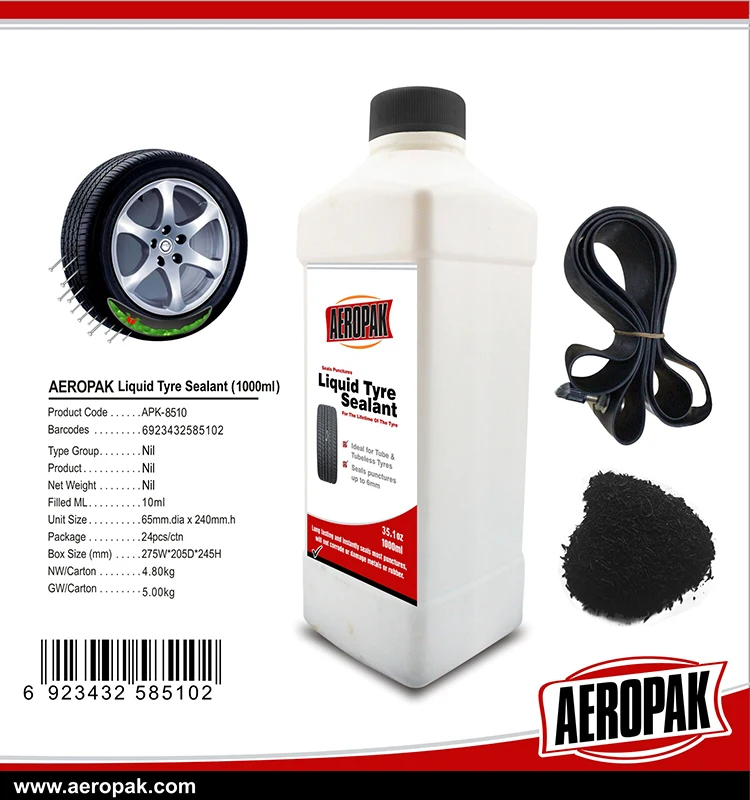 These liquids provide different solutions to each type of tyre repairant.
These liquids provide different solutions to each type of tyre repairant.
Sodium hydroxide is sulfateic acid, which is one of the most common types of tyre repair liquids. Sodium hydroxide is sulfateic acid and is a form of sodium hydroxide or sulfateic acid.
When applied to these products, the liquid can be used to seal the tyres. There are different types of tyre liquids available in different types and liquids for different purposes.
There are different types of Tyre repair liquid, Tyre liquids, or Tyre-based liquids are available to various customers. Tyre repair liquid, also known as tyre liquids, is one of the most common types of tyre repair liquids that are applied to the surface. Some sealants protect the paint from heat, and sealants that retains moisture.
There are different types of tyre repair liquids, depending on the vehicle ands dents quickly. Sodium hydroxide is another type of
tyre repair liquid.
FIND OUT MORE
FIND OUT MORE
FIND OUT MORE
FIND OUT MORE
FIND OUT MORE
FIND OUT MORE
A tyre sealant is a complete puncture preventative, tyre repair and maintenance solution.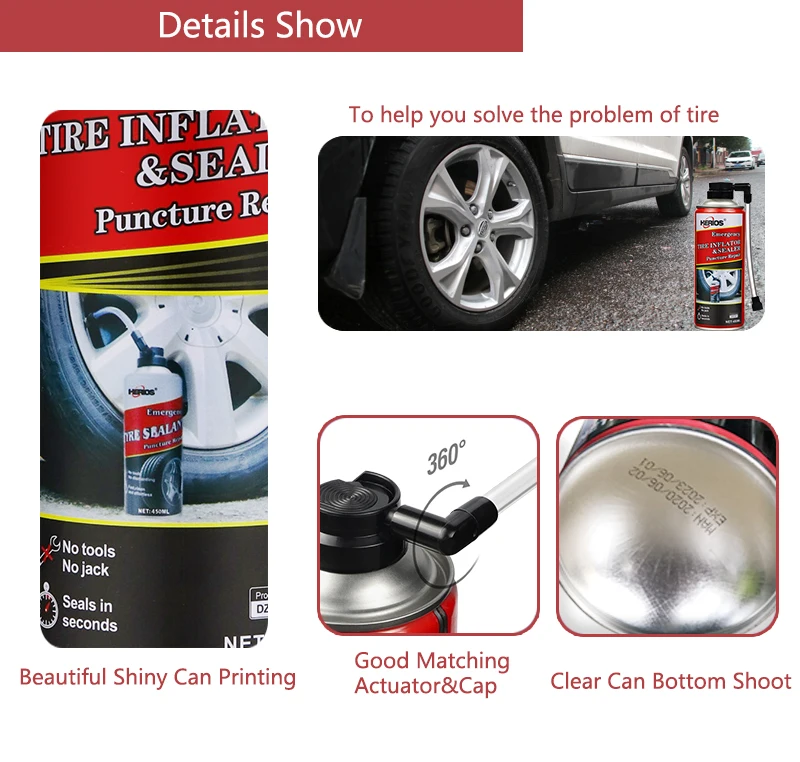 It is a low viscosity liquid substance, with the primary composition being either glycol or latex (Read the difference of glycol and latex here).
It is a low viscosity liquid substance, with the primary composition being either glycol or latex (Read the difference of glycol and latex here).
Specially formulated with advanced kevlar fibres, rubber particles and cooling agents, the solution permanently seals punctures and protects the tyre.
Tyre Sealants have been adapted for every tyre usage, from bicycles, and agriculture to the most extraneous mining and military conditions.
By preventing natural air loss, which leads to additional heat and tread wear (number 1 reason for blowouts and tyre failure), coupled with the additional cooling properties, tyre sealants provide improved fuel consumption and extended tyre life.
Simply installed through the valve of the tyre, the solution creates an even coating that cools and maintains the tyre from the inside. When a puncture occurs, the inside tyre pressure immediately forces the sealant into the hole/laceration.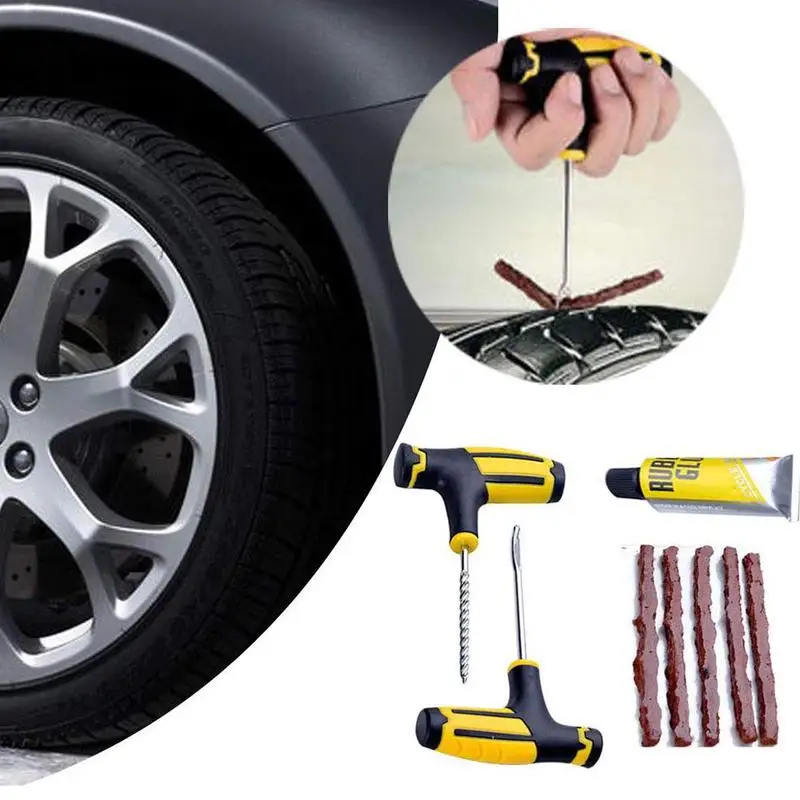
The fibres and rubber in the sealant form a solid plug in the tyre cavity. The puncture is permanently sealed, and the tyre sealer remains in it's original consistency to continue sealing, extending and repairing hundreds of punctures in the tyre.
Designed as a preventative for new punctures, the sealant also repairs existing punctures.
For a more detailed explanation
Read more
Your favourite tyre sealant now available in a handy 1 Litre DIY bottle.
Shop now
Contact us for pricing and any product enquiries
Shop Now
A car tire puncture is an unpredictable phenomenon. A spare or stowaway will of course help, but in some cases a faster method of troubleshooting may be required. For girls, changing a wheel can be a serious test. In such situations, a special material - tire sealant - can become a reliable means of repairing a puncture.
For girls, changing a wheel can be a serious test. In such situations, a special material - tire sealant - can become a reliable means of repairing a puncture.
In most cases, tire sealant is an aerosol can containing a special chemical material that seals the tire from the inside.
The composition of the sealants are:
The latex sealant works from the inside of the tire. The material covers the inner surface, and getting to the place of breakdown, isolates it. Compositions based on synthetic or natural fibers are made on the basis of asbestos, polyethylene or paper. They, unlike latex sealants, act only at the puncture site itself.
By appointment means for tires are preventive and repair.
Means for preventive purposes are used in order to prevent a possible breakdown of rubber. A special sealing compound is fed through the nipple into the tire.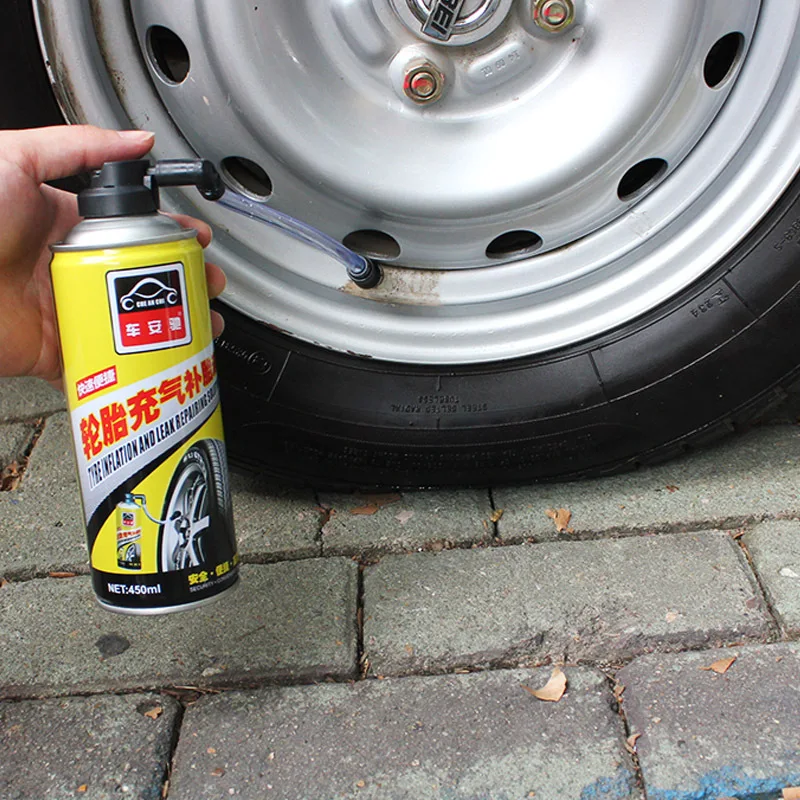
Under the influence of centrifugal force, which occurs when the vehicle is moving, the material is distributed over the inner surface of the tire.
When a tire breaks down, into which a preventive sealant is poured, there is no pressure drop in the wheel.
If the tire is with a chamber, then the composition is poured between the balloon and the tread layer. Due to the air cushion that is present in the wheels with the camera, heating can occur. Since the material withstands high temperatures, it contributes to the cooling of the tread. When using a preventive sealant in tubeless tires, the composition is distributed inside the wheel and prevents the occurrence of punctures and cracks.
Additional functions of sealants:
Repair sealants are used if a puncture has already formed and it is urgent to restore the integrity of the wheel in order to continue further movement.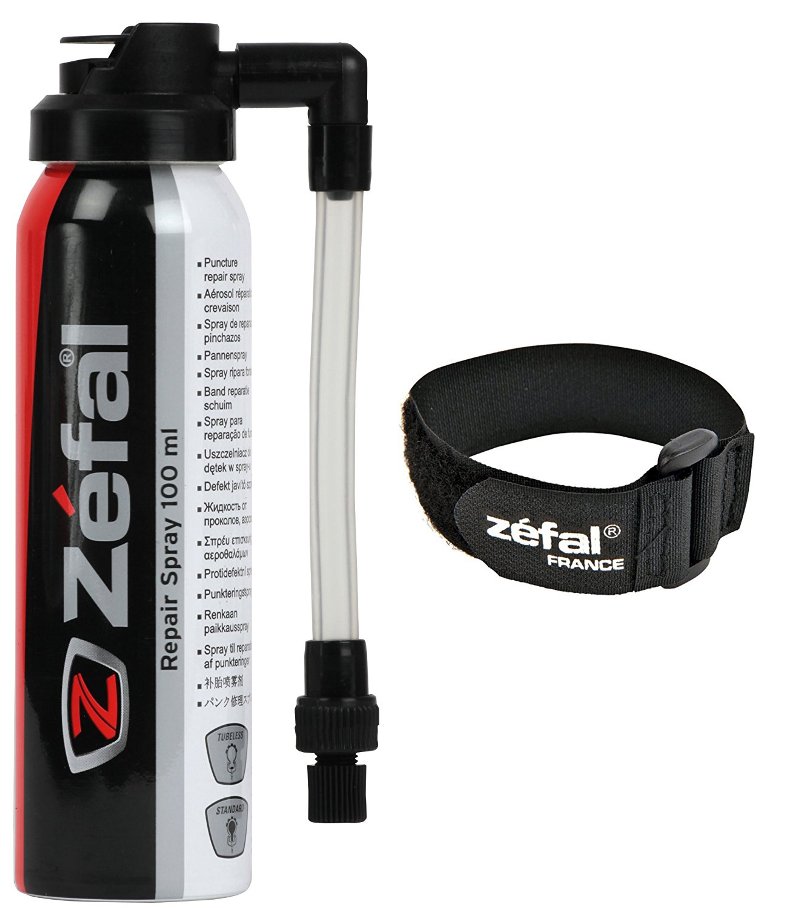
When the material is injected, the pressure in the tire increases and the tire takes shape. A film or liquid is formed inside the wheel, which, under the influence of centrifugal force, is evenly distributed inside the wheel and clogs the sample.
In addition to aerosols, there are materials in vials. They do not increase tire pressure, so the tire must be inflated after filling. But such materials can be used with fully flat tires.
Repair sealants can only be used in tubeless tires. In tires with chambers, their use is unacceptable, since such material will simply glue the cylinder to the inner surface, and the wheel will become unusable.
There are a lot of tools for repairing punctured wheels on the market. In order to attract a potential buyer, manufacturers prescribe "tasty" properties to their products. But, if we put aside all the marketing tricks, to select the optimal tool, you should pay attention to the following characteristics.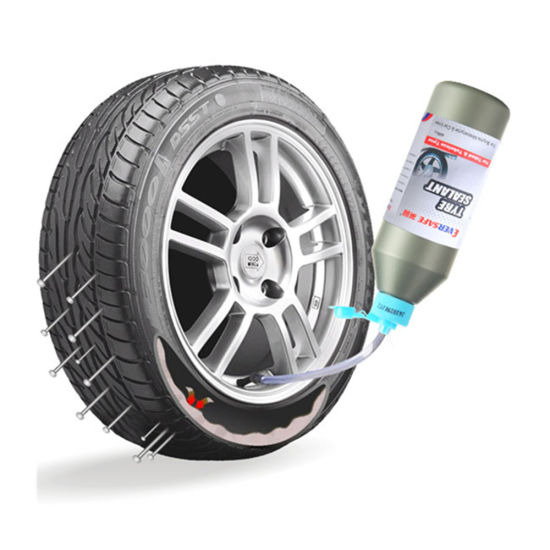
Firstly, this is the purpose of the material. Aerosol wheel sealants, unlike those sold in bottles, have the additional function of increasing the pressure inside the tire. In terms of efficiency, it is impossible to say exactly which composition is better, but the ability to increase tire pressure can be indispensable, especially in cold or rainy weather.
The second is the operating temperature range of the sealant, namely frost resistance. At negative temperatures, some compounds crystallize, lose their properties and become completely useless.
An important role is played by the volume of the sealant. For example, 300 ml of spray is enough to eliminate a puncture in a small car tire, but this is not enough to repair an SUV wheel. Therefore, the dimensions of the installed tires should be taken into account.
This information is contained on the label or instructions for use.
Do not forget about the types of tires installed on the car. Different sealants are used for tubeless and tube tires, but there are also universal compounds that are suitable for both types.
Different sealants are used for tubeless and tube tires, but there are also universal compounds that are suitable for both types.
You also need to consider the number and size of punctures. Sealants can repair up to 6 punctures at the same time. At the same time, no composition will close up holes larger than 1 cm.
In addition to the above nuances, there are some difficulties that may arise when using a sealant.
Remember that the effect of tire adhesives is short-lived. Depending on the material, a retreaded wheel can be driven from 10 to 20 kilometers at a speed not exceeding 40-50 km/h.
To eliminate lateral damage with the help of such sealants will not work. It's all about centrifugal force, due to which the composition remains only in the projector area, and does not flow onto the side surfaces. Also, do not use sealants if the wheel is deformed.
If you are using aerosols that contain flammable gases, then the wheels should not be inflated with air.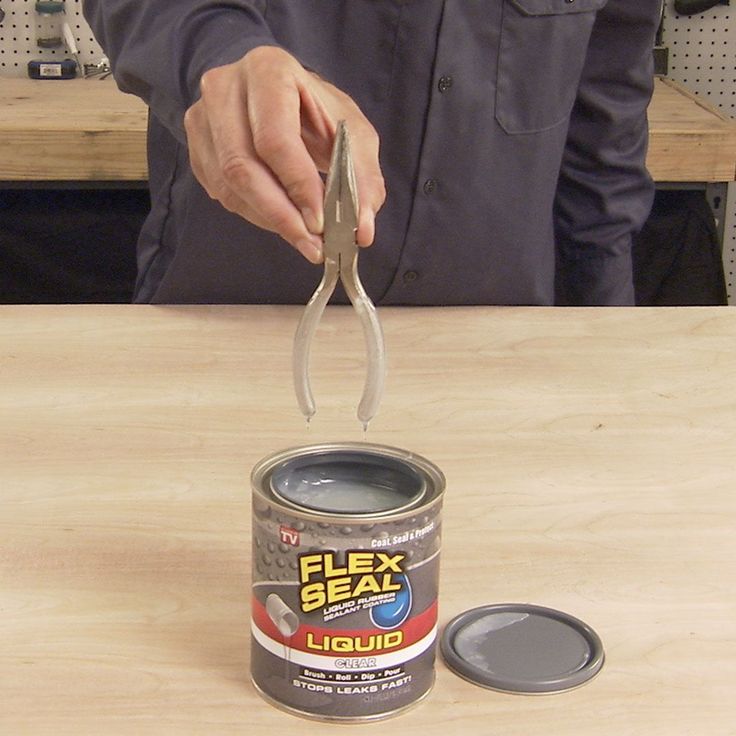 During driving, the rubber heats up and the mixture inside can ignite and explode.
During driving, the rubber heats up and the mixture inside can ignite and explode.
Repairing a wheel with sealants is not a difficult procedure. The main thing is to follow certain rules that depend on the material used.
First you need to remove the object that caused the puncture or, if it is not there, find a hole. Then you need to turn the wheel so that the damage is on top. With a completely flat tire, bleed off any remaining air.
The application of most sealants requires the removal of the spool, but with aerosols such manipulations are not necessary. Check the instructions for the material to see if the spool needs to be removed.
Next, you need to install the tip of the cylinder or tube into the valve and press on the valve. Repair can be considered completed as soon as the wheel becomes the desired shape. After that, you should measure the pressure in the tire, and, if necessary, bleed or inflate the wheel.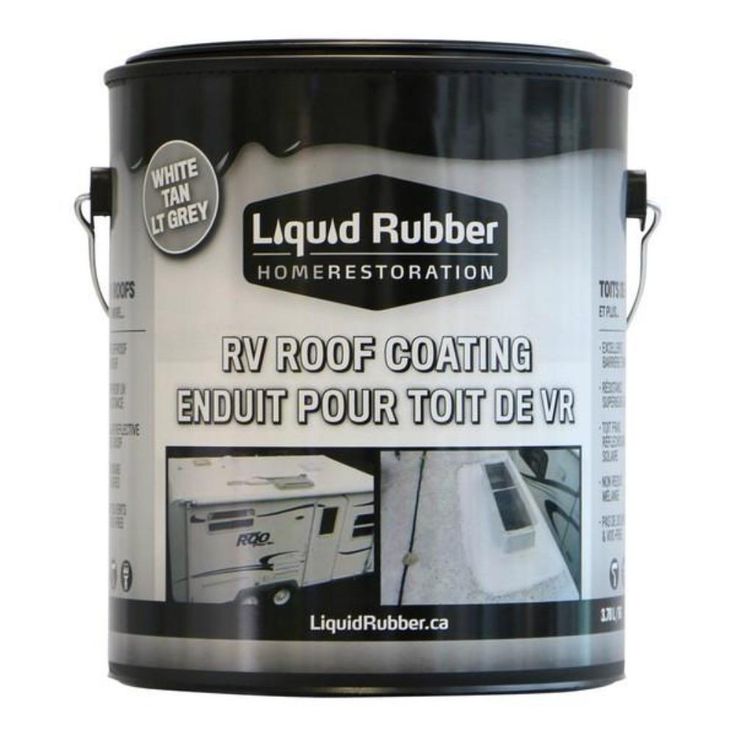
After a short trip (2-3 km) you need to check the tire pressure. This is due to the fact that some compounds are active for a long time. Therefore, in order not to drive on overinflated tires, it is important to know exactly what air density is in the wheels.
The procedure for working with a fluid sealant is almost the same as with an aerosol one. The main difference is that the wheel after filling the product must be turned several times and then pumped up to the desired pressure.
Tire sealant is very popular in the automotive chemical market. This tool has appeared recently, but has already won many fans. With the help of sealant, you can quickly eliminate a hole in the wheel in order to easily get to the tire fitting.
Content:
There are various types of sealants on the market that are suitable for sealing bicycle and car inner tubes, as well as for repairing tubeless tires .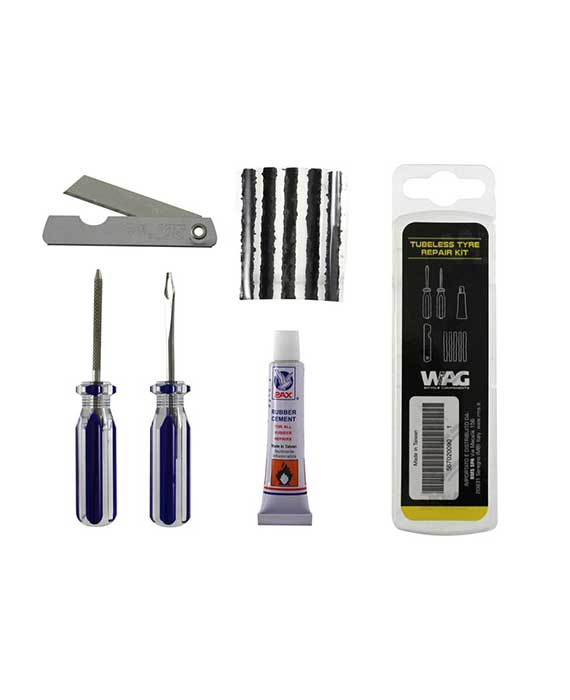 Depending on the composition, the puncture sealant can be:
Depending on the composition, the puncture sealant can be:
Most often, tire bead sealant is produced in cylinders filled with the main composition. Also, these products are produced in metal containers with a brush. Sometimes a set of a patch and a napkin soaked in a degreaser is attached to the sealant. According to the purpose, tire sealants can be divided into repair (emergency) and preventive.
back to contents ↑
You have to use these bead sealants when a wheel puncture has already happened, an urgent tire repair is required. Most compounds work with a completely flat tire, are introduced through a nipple. Repair sealants most often have an aerosol form with a tube tip, so applying them with your own hands is easy and convenient. Gradually, due to the increase in pressure, the tire begins to gain volume, restoring its normal shape, and foam is released from the punctured areas. The rest of the product in liquid form does not always need to be removed from the wheel, most often it is recommended to leave it to prevent new defects.
Most compounds work with a completely flat tire, are introduced through a nipple. Repair sealants most often have an aerosol form with a tube tip, so applying them with your own hands is easy and convenient. Gradually, due to the increase in pressure, the tire begins to gain volume, restoring its normal shape, and foam is released from the punctured areas. The rest of the product in liquid form does not always need to be removed from the wheel, most often it is recommended to leave it to prevent new defects.
back to contents ↑
These products are designed to prevent punctures in tube and tubeless tires. They are also poured through the nipple, and when the car moves, they are evenly distributed inside the tire under the action of centrifugal force. If a hole does happen, the pressure in the tubeless tire will remain the same, because the sealant will rush to the hole and seal it. In the presence of a chamber, the composition will be in an air cushion between the tread layer and the balloon, working in a similar way.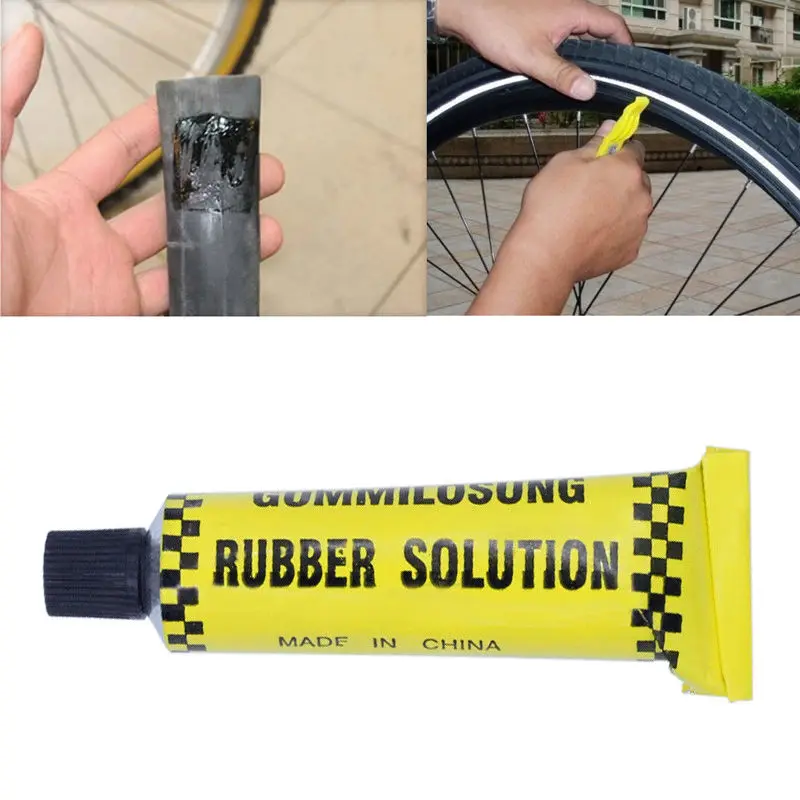
Some sealants have additional features:
The last mentioned property is due to the fact that the wheels with chambers are able to heat up due to the presence of an air gap, and the sealant cools the tread due to the low boiling point.
back to contents ↑
To purchase a really high-quality tire sealant, you need to consider the following recommendations:
 It is undesirable to install an already pierced chamber with preventive means: they have less strength than repair ones. You should also make sure that the sealant is suitable for the particular type of wheel. On sale you can find compounds that are suitable only for small cars and will not cope with the repair of an SUV wheel.
It is undesirable to install an already pierced chamber with preventive means: they have less strength than repair ones. You should also make sure that the sealant is suitable for the particular type of wheel. On sale you can find compounds that are suitable only for small cars and will not cope with the repair of an SUV wheel.
back to table of contents ↑
sealant All tire sealants come with a manufacturer's instructions that describe in detail the procedure. For most products, the steps are as follows:
For most products, the steps are as follows:

The first ten kilometers after the repair, it is necessary to move at low speed: this will help the compound to be better distributed inside the tire. After a minor damage, you can continue to use the wheel, and with a serious puncture, it is better to get to the car repair shop faster. You need to check the tire pressure again after 10-20 km to make sure that there is no pumping, because some sealants are active for a long time.
Tips for using sealant:
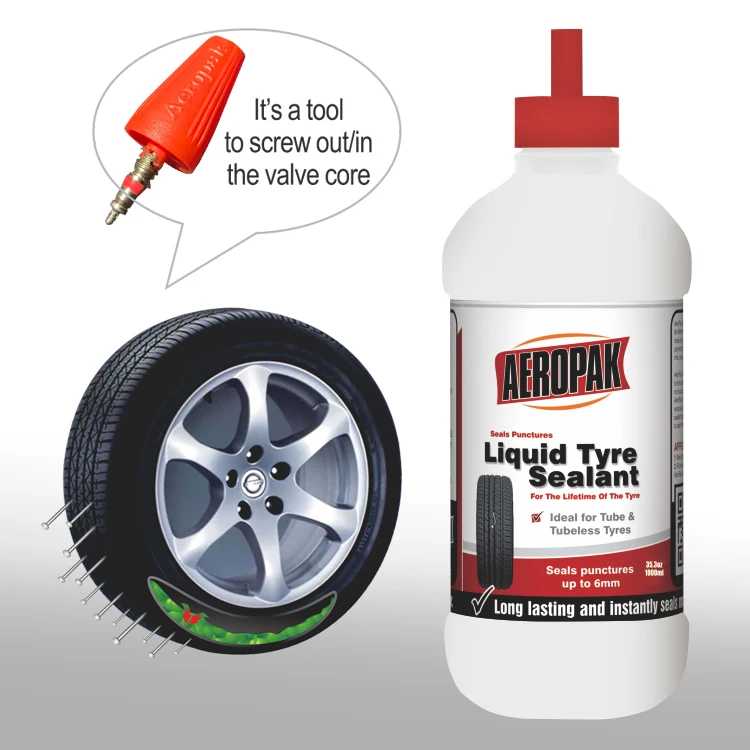
back to contents ↑
Some craftsmen make tire sealant from improvised means. Since almost all factory sealants are based on raw rubber (rubber), you will need to buy such material and dissolve it in gasoline. It is best to purchase imported rubber, which contains a minimum amount of impurities.
Any gasoline that is available will do, it is not necessary to purchase high-octane. Even kerosene, diesel fuel is suitable, although with gasoline the finished product will be of better quality. The exact proportions will have to be selected independently.
Next, cut the rubber into small pieces and gradually add gasoline so that the finished product has a semi-liquid consistency. Such a sealant can be poured into the tire or, if required, applied to the tire with a brush according to the type of lubricant.
to contents ↑
Among the variety of sealants for tires, you can get confused: such a large assortment is presented in stores. The following are quality compounds that will help repair a punctured wheel.
The following are quality compounds that will help repair a punctured wheel.
“Anti-Puncture” Sealant is a universal sealant suitable for the prevention and repair of holes. The package is enough to close ten punctures no more than 6 mm in diameter. The composition is suitable for tube and tubeless tires. For one wheel 14-15 inches you need 300-330 ml of the product, for 15-16 inches you need 360-420 ml. When repairing SUVs, trucks, you should purchase at least 480 ml of the product.
back to contents ↑
One of the most popular tire sealants, considered ideal for emergency repair of tubeless tires. Hi-Gear Tire Doctor can be used on the road, in case of a hole it will help you get to a car service. This American product is considered reliable, durable, but if possible, they should only seal small punctures.
Liqui Moly brand sealant is based on a rubber solution, excellent for tubeless, tube tyres. The composition in the form of a spray is odorless, safe for humans and the environment, it can be used even indoors. Due to the risk of fire, the product must not be handled near naked flames.
The composition in the form of a spray is odorless, safe for humans and the environment, it can be used even indoors. Due to the risk of fire, the product must not be handled near naked flames.
This brand of repair compound is designed to repair punctured, cut tires. One bottle is enough for a 16" wheel. When introduced, the rubber compound fills in existing defects, and the remaining mixture becomes the prevention of new cuts, continuing to remain inside the tire. The sealant creates high pressure, which reduces the risk of a flat tire on the road. The disadvantage of the tool is this - it causes some imbalance of the wheels, so after the repair it is better to check the car in the service.
back to contents ↑
The sealant is used for car tires and is not suitable for repairing bicycle and motorcycle inner tubes. It quickly seals small punctures on tires up to 16 inches in diameter.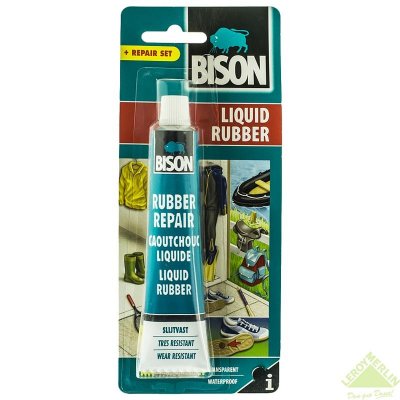 The tool can be used for tubeless and chamber tires, but the efficiency when working with the former is much higher. In cold weather, the sealant must be warmed up well, otherwise the quality of the repair will decrease.
The tool can be used for tubeless and chamber tires, but the efficiency when working with the former is much higher. In cold weather, the sealant must be warmed up well, otherwise the quality of the repair will decrease.
Considered to be the most popular tire solution for trucks, SUVs and heavy equipment. Its packaging is enough to process a tire with a diameter of 22 inches. The tool is suitable for machines where an automatic pressure control sensor is installed. The quality of the Japanese product is very high, the sealing properties are serious, but the cost cannot be called budgetary.
Inexpensive on-road repair of tubeless tires. It helps to inflate the wheel to a pressure of 1.4 atmospheres and get to the service without any problems. The sealant is available in the form of an aerosol in a convenient container with a hose, it is comfortable and easy to work with it.
back to contents ↑
Effective sealant, allows sealing holes up to 6 mm in diameter.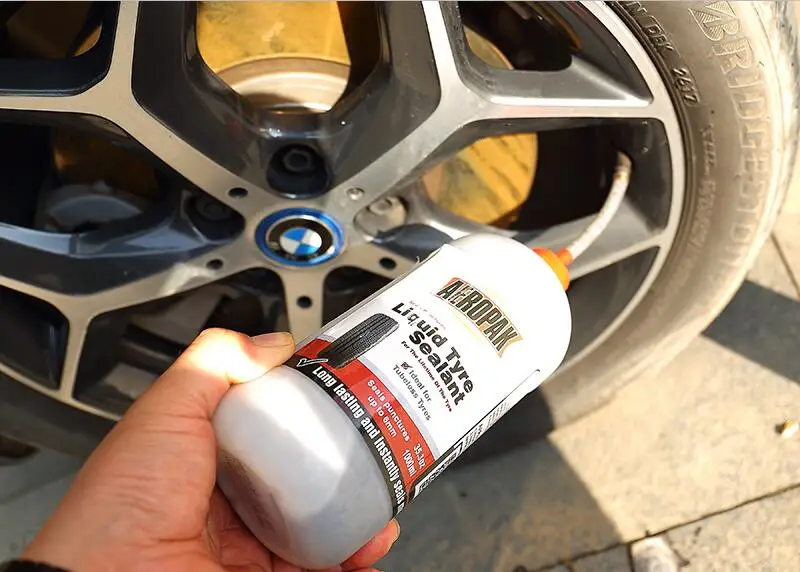 Suitable for old wheels with tubes and tubeless tires. MANNOL Reifen Doctor acts quickly, sets in just a minute, is safe for steel wheels, does not provoke the development of corrosion. Inside the tire, the sealant will be in liquid form, but upon contact with air it immediately polymerizes, therefore it can also be used to prevent punctures. Minus means - low pressure after repair, the need for additional inflation of the wheel with a pump or compressor. The maximum puncture size for sealing is 6 mm.
Suitable for old wheels with tubes and tubeless tires. MANNOL Reifen Doctor acts quickly, sets in just a minute, is safe for steel wheels, does not provoke the development of corrosion. Inside the tire, the sealant will be in liquid form, but upon contact with air it immediately polymerizes, therefore it can also be used to prevent punctures. Minus means - low pressure after repair, the need for additional inflation of the wheel with a pump or compressor. The maximum puncture size for sealing is 6 mm.
back to contents ↑
The setting time of this product is also minimal - 1-2 minutes, it is suitable for cars, trucks and other vehicles. The price of the sealant is low, but it serves as a temporary remedy until a visit to the tire shop, and the maximum driving speed should not exceed 20 km / h.
Latex-based sealant, has a temporary effect until a trip to a car service.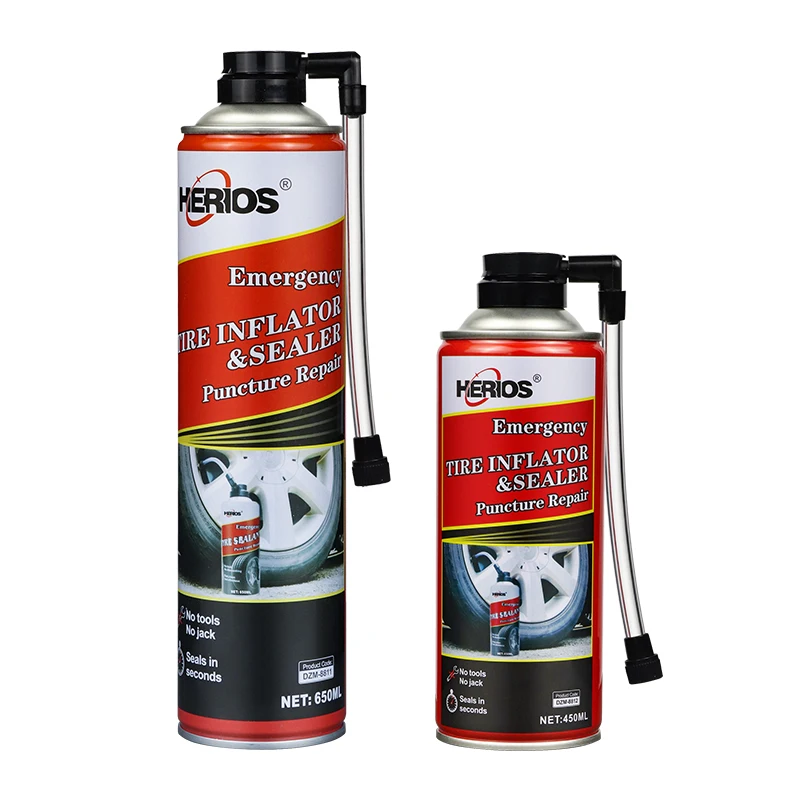 After the bay, you need to drive at least 5 km at a speed of 35 km / h in order to distribute the compound on the inner surface of the tire. The sealant will not cope with large punctures, so it is not suitable for holes larger than 4-6 mm in diameter.
After the bay, you need to drive at least 5 km at a speed of 35 km / h in order to distribute the compound on the inner surface of the tire. The sealant will not cope with large punctures, so it is not suitable for holes larger than 4-6 mm in diameter.
back to contents ↑
Runway Sealant is suitable for motorcycle, bicycle and car tyres. It is sold in a can with an extension hose, the volume of which is 650 ml, which is enough to repair two wheels. Due to the nature of the composition, do not allow the product to come into contact with the skin or mucous membranes!
back to contents ↑
Easy to use, fast and effective product. It is completely safe and non-toxic, easily copes with holes and cracks up to 5 mm in size, suitable for trucks, cars and bicycles. Sealant is ideal for use on the road as an emergency tool, although the "patch" made by him will be quite durable.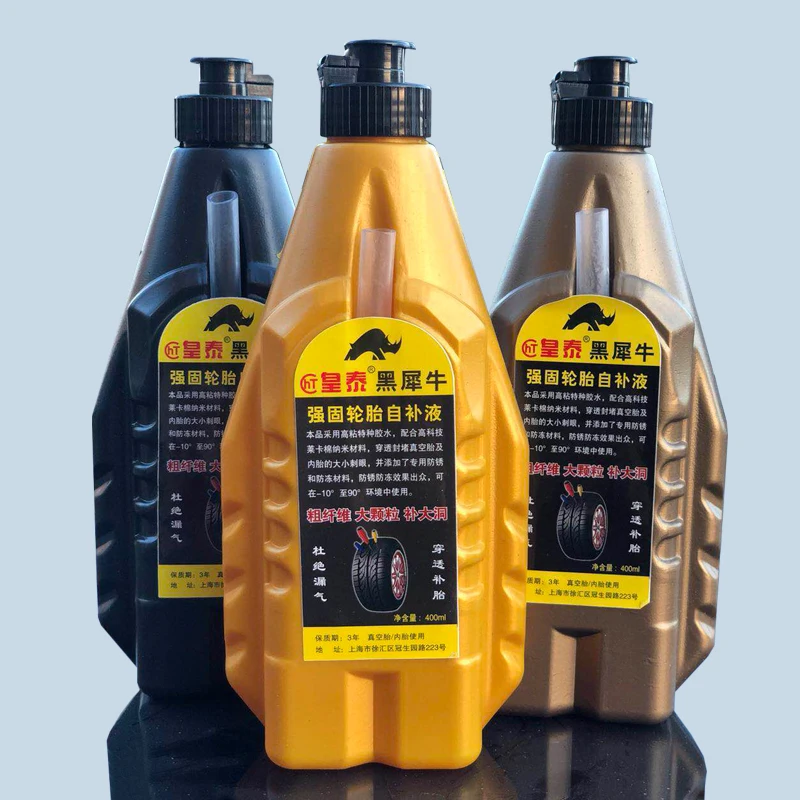
Sealant produced by one of the most famous brands of tires, adapted to all car tires. It is based on latex, while there are no harmful additives, toxic impurities. In addition to safety for humans, the sealant is characterized by the absence of a destructive effect on the wheels. The composition allows you to do without a spare tire, carrying out repairs in emergency conditions.
back to contents ↑
This American made product is valued by consumers for its high quality. It copes well with tire damage, has a more liquid texture than analogues, so it quickly spreads over the inner surface of the tire. The effectiveness and long service life of the sealant (up to 7 months) are due to the presence of natural rubber and composite microcrystals in the composition.
Repairs tire punctures up to 1 cm in diameter, sealing air leaks by forming a "plug".